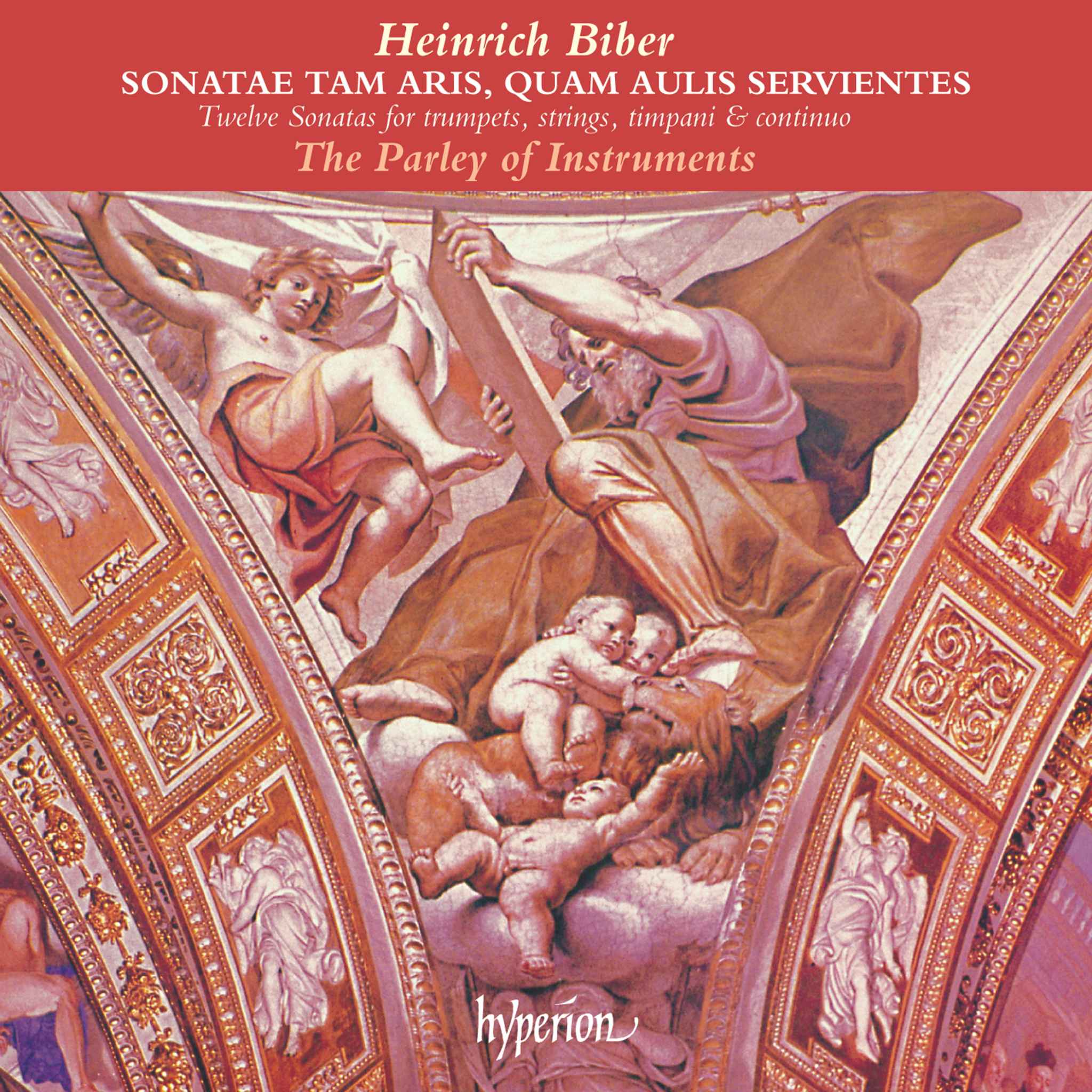Album insights
Listening to someone means empathizing with them as they speak. However, empathizing with someone whose soul is consumed by sorrow or in danger of being so means self-annihilation. Those who are unhappy need nothing in the world except for people capable of giving them attention; however, almost all who believe to possess this ability do not actually have it. Warmth of heart, impulsive nature, and compassion are insufficient.
Schubert emerges more as a listener than a speaker in his late piano sonatas, and the term "heavenly length" refers to the indefinite period a person needs to respond to another's suffering. The composer and performer form an intimate bond, while the listeners can only be listeners. A contrast arises with Beethoven, the declamatory prophet, whose individualism tends towards expressing the will to power and conquer, while Schubert's individualism leans more towards retreat into solitude and the feeling of being overwhelmed and defeated.
Both composers reached their peak only to discover they suffered from severe physical afflictions—one losing his hearing, the other contracting syphilis. These ailments carry a strangely enlightening aspect that almost manifests in the musical personality of the afflicted. Deafness is like a brick wall to run into, tangible and locally confined, while syphilis resembles an ocean to wade into, uncertain, intangible, and laden with terrors that ambush the victim unexpectedly.
There is no real affliction without social decline or the fear of it in some form.
Schubert's Sonata in A minor, D784 (1823), and the Sonata in B major, D960 (1828), mark the first and last of his mature works in this form. The initial piece was most likely composed around the time Schubert first learned the gravity of his illness. The cold misery of the first theme in the first movement seems a direct response to tragic news, with the "strong-weak" appoggiatura sighing wearily or angrily throughout both the melody and accompaniment. However, it is the joyful moments held entirely in major keys, as seen in many of Schubert's works, that convey the most sorrow. Mozart is perhaps the only one who can match Schubert's ability to transform the sunshine of a major key into a mood tinged with heartache and pain.
The second movement is oddly unsettling for three reasons: the almost forced normality of its theme following the bittersweet joylessness of the first movement, the doubling of this theme in the tenor voice—a constraining addition that seems to wear it down—and the constant whispering interjections (ppp) between the individual presentations of the theme. The hurried finale induces a hint of panic as triplets stumble in their frantic counterpoint. Just like in the first movement, the splendid second theme appears uncertain whether to laugh or cry, reminiscent of Rückert's poem "Laughter and Tears," which Schubert also set to music in the same year.
Beauty captivates the flesh to seek permission to penetrate into the soul, a fruit observed without trying to possess it.
The first movement of the Sonata in B major defies analysis. It is one of those moments where the pen must be set aside, and the listener must lean back in their chair as their entire being is transported to another sphere. Here, there is no superficial luster of conscious refinement or sentimental ponderousness of profundity, only Schubert's miraculous ability to lay bare his soul without a trace of narcissism—a result of his humility, universality, and enchanting lack of awareness of possessing these qualities.
Art is waiting; inspiration is waiting. Humility is a specific relationship of the soul to time, an acceptance of waiting.
The nine bars in the initial part of this movement have sparked controversy for two reasons: their oddly misplaced nature and the pianist being compelled to replay the exposition of the movement, leading to their frequent omission. However, I find them important not just because they were created by the same genius behind the rest of the piece, but because their radical nature should draw attention to a message beyond the obvious. This peculiar, stuttering, hesitant passage holds a pivotal psychological significance for the movement's structure, emphasizing that even the most lyrical moments conceal unrest. It includes the only instance of a cascading bass trill played forte, a chilling glimpse of "awareness," a foreshadowing of the drama that will unfold in the development, enhancing both the recurring opening bars and the C-sharp minor bar in the second instance for a heightened magical effect. The argument that repetitions were a mere convention for Schubert and that hearing the exposition once suffices does not convince me.
Misery is naturally incapable of articulation. Those plagued by misery desperately seek the words to express themselves.
The second movement introduces a new dimension of solitude and alienation, emphasized by contrast and fragmentation of the structure. The mournful lamentation of the right hand seems to hail from a different world than the disinterested, almost detached accompaniment—the shadow of a dance only makes the touching melody more heart-rending. The contrast doesn't originate from opposition but from lack of understanding. This paradox of Schubertian tonality comes into play once again: while the middle section in sunny A major should be comforting, the music could not be more anxious or troubled. It represents the desperate attempt to maintain cheerfulness amidst overwhelming worry.
The marking con delicatezza for the third movement likely refers to delicate emotions rather than just a gentle touch, and the extraordinary finesse of the major/minor nuances in the finale with its alternating playful and tender articulation showcases Schubert's ability to break open even the most guarded human emotions and strike at the deepest nerve.
Schubert left behind numerous fragments titled optimistically as "Sonata." These incomplete compositions vary from nearly finished movements to mere sketches. Some were evidently abandoned due to a lack of inspiration, while others perhaps pushed too far into unknown territory, and the composer was either unable or unwilling to salvage them. The Sonata in C major, D613 (1818), exemplifies the latter type. Two movements survive, both fizzling out as the recapitulation approaches, possessing eccentricity, grace, awkwardness, and originality that are endearing. Hummel (the original recipient of the B major Sonata) clearly influenced parts of the passage work in both movements; however, where the older composer smoothly spins yards of smooth thread, Schubert entangles himself in vigorously spinning figuration in one of the most thankless piano sections ever conceived. Whose hands could feel bars 113–116 in the second movement as anything other than skating on an ice rink on a unicycle? Some have ventured bravely to complete the fragments, an intriguing endeavor; however, I present them in this performance exactly as Schubert left them—perhaps a fitting metaphor for the composer's unfinished life.
Simone Weil (1909–1943) was hailed as "a brilliant woman" (T.S. Eliot), "the only great spirit of our time" (Camus). Despite her unattractive glasses and tragic early death at thirty, Simone Weil seemed to share little with Schubert on the surface; she was French, Jewish, intellectual, political activist, and social critic. Yet, her writings on suffering, interest, and beauty, as well as her perspective as an "outsider," establish a hidden connection with the composer that transcends the century and boundaries of their distinct artistic disciplines.
Poetry: impossible pain and equal joy [...] A joy that hurts due to its unfaltering purity, a pain that brings peace because of its unclouded purity.









